In the Royal Armoury of Turin, some of the figures are mounted on taxidermised horses – or more precisely, on horses sculpted in wood and then covered with the hides of animals that once stomped in the Savoy stables. Among them is Favorito, the horse so cherished by Carlo Alberto, King of Sardinia, that it accompanied him into exile in Portugal in 1849. It is kitted out with the saddle it bore to carry him into the Battle of Novara.
Uncanny exhibits abound in the museums and collections of Turin, objects and artworks that unsettle distinctions between what is natural and what artificial. The American artist Josh Kline seems at home here, with his 3D-printed human figures, curled on the floor and bound in clear plastic bags; his work features prominently in the collection of Patrizia Sandretto Re Rebaudengo, the city’s pre-eminent contemporary-art collector. Some of the most discomfiting displays in the city are at the museum dedicated to the criminologist Cesare Lombroso, in which the yellowed wax death masks of prisoners, their criminal proclivities thought by Lombroso to be hard-coded in genetic and physical traits, appear in a macabre parody of a police line-up.
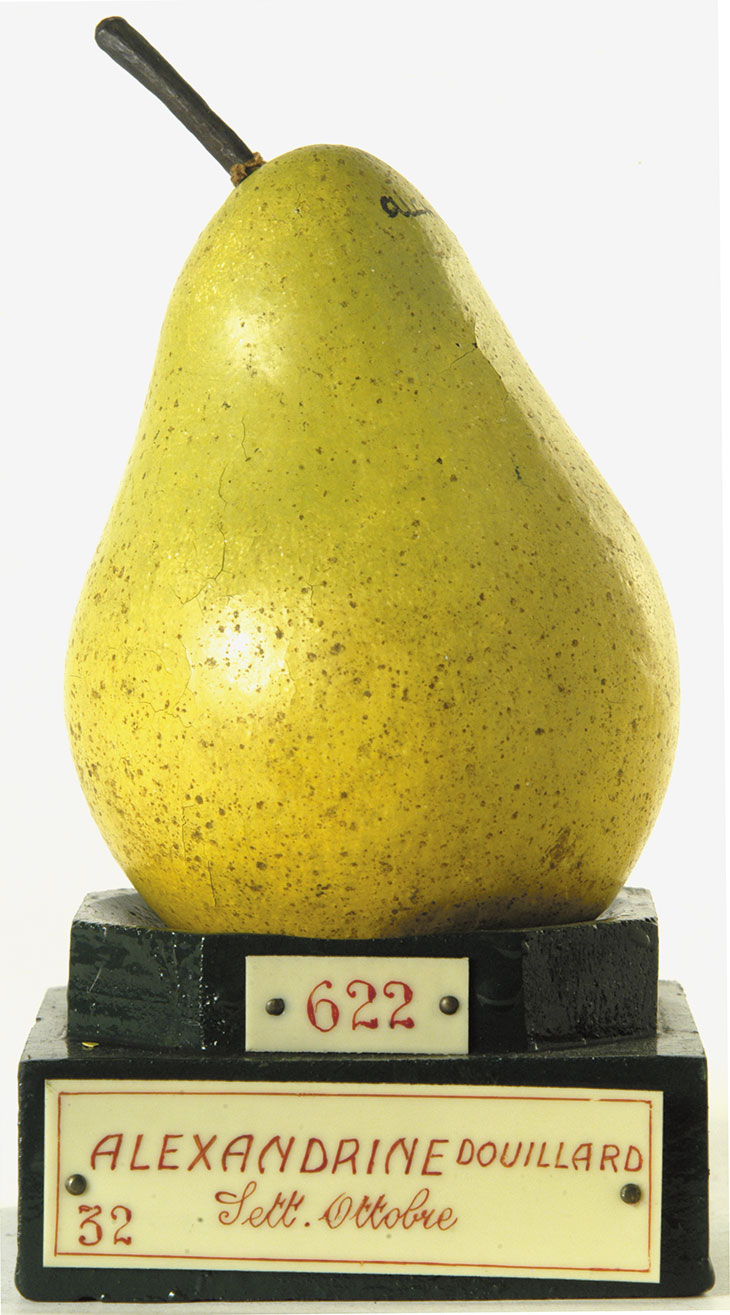
Model of an ‘Alexandrine Douillard’ pear, Francesco Garnier Valletti. Museo
della Frutta Francesco Garnier Valletti, Turin Photo: © Mariano Dallago
In the same building, the Palazzo degli Istituti Anatomici of the University of Turin (which also houses the anatomical museum), is another collection that is no less surprising in its visual conflation of the synthetic and the real. At the heart of the Museo della Frutta Francesco Garnier Valletti is a display of some 1,100 pieces of artificial fruit, most of them modelled in the 19th century by the man who gives the museum its name. The ‘pomological collection’ is housed in two galleries (other rooms explore the development of agricultural science in Turin). They are packed with hundreds of varieties of fabricated apples, pears, and other assorted fruit, reproduced to actual size, their surfaces rendered with remarkable verisimilitude – blemishes and all. Entering these rooms is like stumbling into a pick ‘n’ mix emporium that caters exclusively to still-life painters.
Garnier Valletti (1808–89) was an artist-cum-botanist who spent decades moulding and painting artificial fruit in relative anonymity. Having worked first as a confectioner and then as a modeller of ornamental wax flowers, his talent began to bear fruit – yes, literally – in spells at the imperial courts in Vienna and St Petersburg during the 1840s. Although he was awarded medals at numerous international exhibitions from 1851 onwards, he increasingly kept to Turin and began to feel that his work had been overlooked – and certainly that he had been insufficiently rewarded for it.
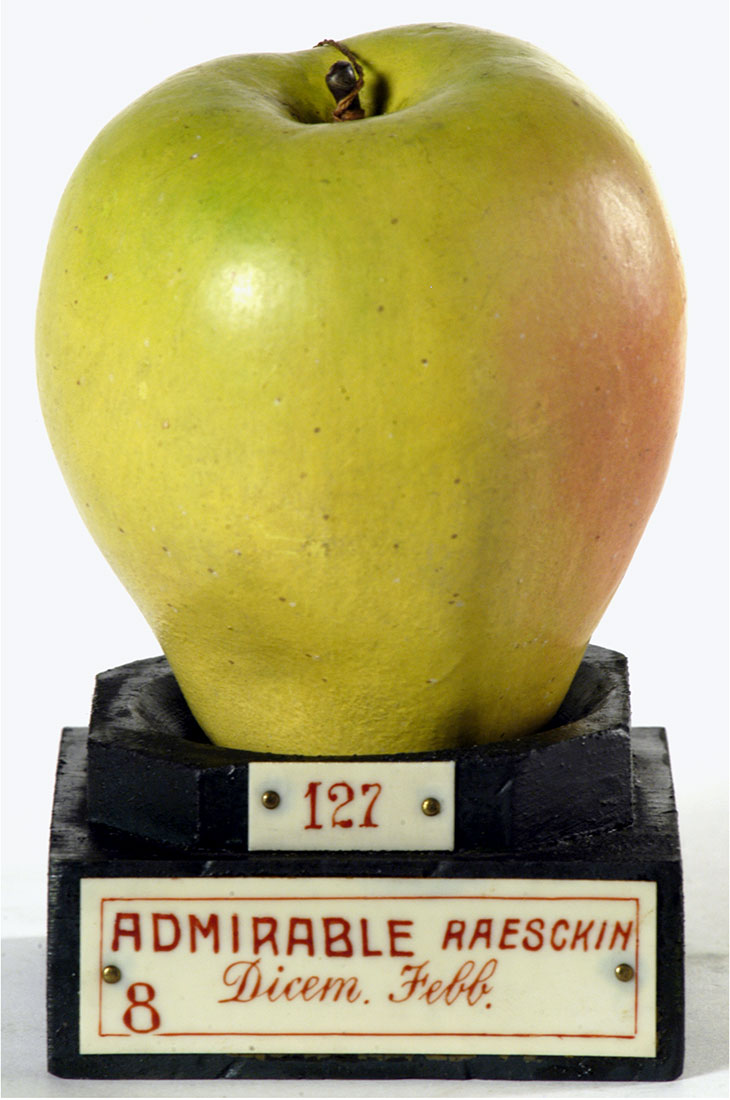
Model of an ‘Admirable Raesckin’ apple, Francesco Garnier Valletti. Museo della Frutta Francesco Garnier Valletti, Turin. Photo: © Mariano Dallago
As the regal splendour of Turin gave way to scientific and industrial muscle in the second half of the century, agrarian research became a forceful strand of Italian Positivism. It was widely deployed for its commercial and civic applications, with many nurseries and gardens soon established in the city. It was in the market gardens run by Augusto Burdin that Garnier Valletti began to collaborate in 1857 on the Museo Pomologico, for which he became the chief modeller.
While the project was short-lived, with the museum society disbanding in 1860, the creative impetus it gave Garnier Valletti was not. In a dream in 1858 – or so he claimed – a new method for modelling artificial fruit was revealed to him. Such objects had previously been made from wax, as with those created by the officina di ceroplastica in Florence, or in papier mâché; Garnier Valletti began to mould them from a mixture of rosin mixed with wax and plaster, pliant when hot but extremely tough when set, and developed a range of varnish recipes and painting techniques through which to match the sheen and mottle of fruit peel.
Garnier Valletti was a master of detail, in the care with which he drew and annotated his botanical subjects and the obsessiveness for accuracy with which he modelled them. The downy skin of apricots and peaches was recreated by applying a fine coating of powdered wool; strawberries were studded with dried seeds, sepals and stalks affixed to his artificial apples. In the course of his career, he studied, drew and reproduced some 1,200 varieties of fruit and 600 types of grape.
Most of the latter have decomposed, due to the fugitive nature of the mixture that Garnier Valletti used to render their translucency. Only 24 bunches are known to survive. But of the hundreds of other artificial fruits preserved here, only 38 required restoration for the opening of the museum in 2007. Standing before the cases of apples and pears, it is hard to believe that they should be quite so imperishable.
From the January 2019 issue of Apollo. Preview and subscribe here.
Unlimited access from just $16 every 3 months
Subscribe to get unlimited and exclusive access to the top art stories, interviews and exhibition reviews.

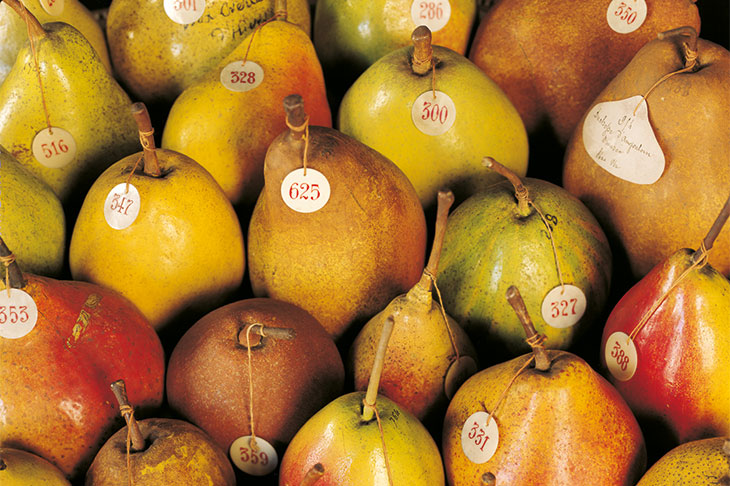
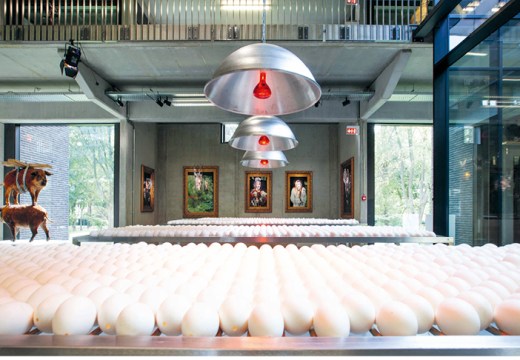
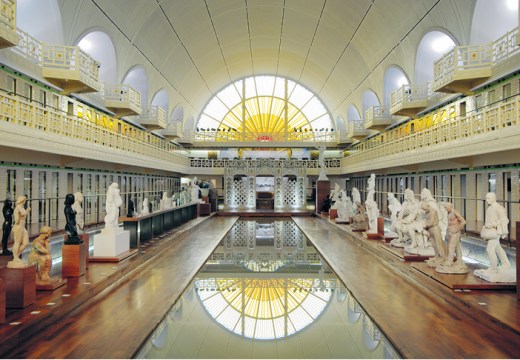
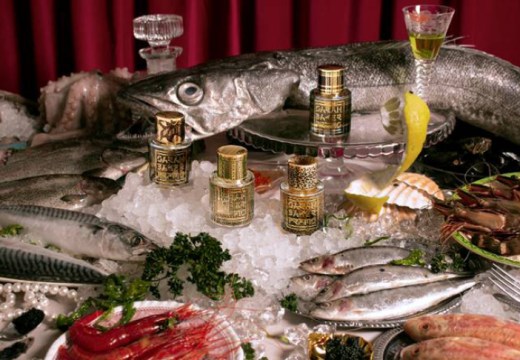









![Masterpiece [Re]discovery 2022. Photo: Ben Fisher Photography, courtesy of Masterpiece London](http://www.apollo-magazine.com/wp-content/uploads/2022/07/MPL2022_4263.jpg)
It’s time for the government of London to return to its rightful home